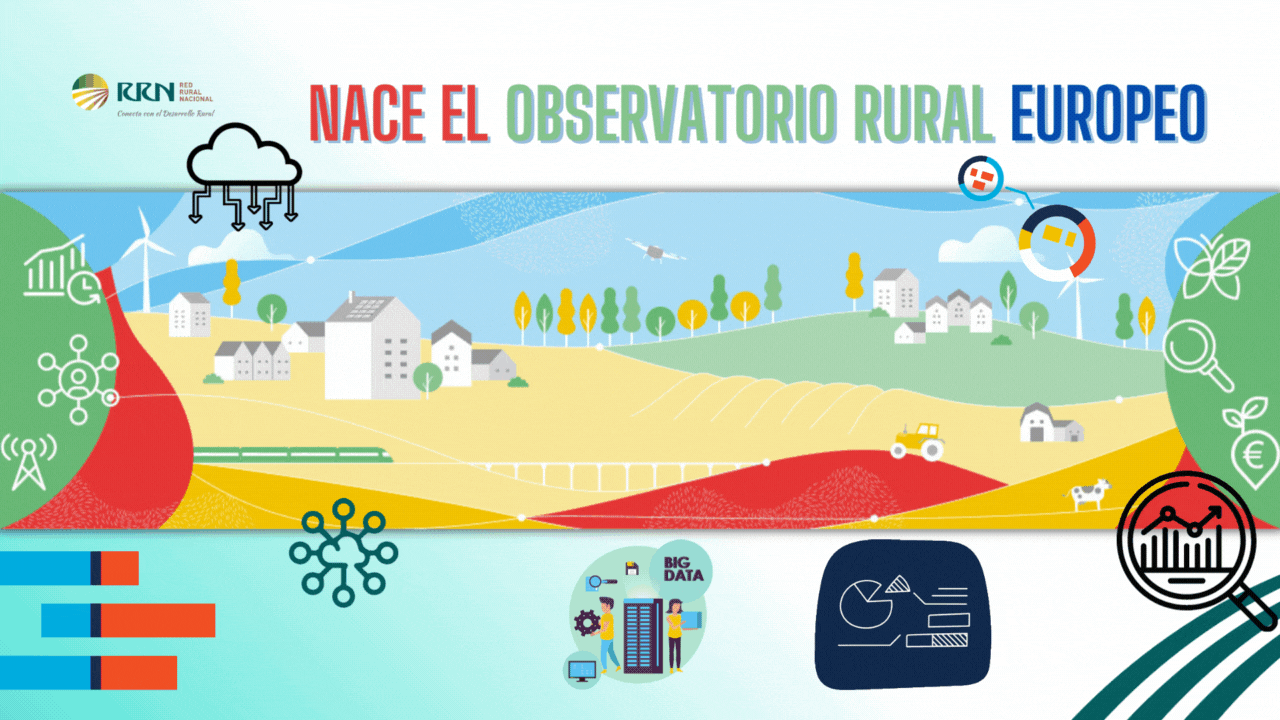
31 de January de 2023
Dinamización rural
The new rural observatory provides users with a wealth of information on any urban, intermediate, and rural area in European Union countries, such as population density, average distance to health centers, and broadband speed in any rural area.
- The Rural Observatory will be responsible for monitoring and developing the Rural Action Plan.
- The Rural Action Plan is part of the European Commission's long-term strategy for rural areas until 2040.
- The objective is to consolidate empowered, connected, resilient and prosperous rural areas.
The European Union presented its communication on the long-term vision for rural areas in July 2021, its strategic plan to support the development of rural areas in Europe until 2040.
The communication of the long-term vision for rural areas proposed the development of both a Rural Pact and a Rural Action Plan by the European Union.
The Rural Action Plan includes:
- Providing political support to rural areas through the CAP and cohesion policy .
- The definition of 4 areas of action :
- Strength : through the provision of services . Innovation plays a key role here.
- Connectivity : strengthening transport systems and internet connectivity.
- Resilience : environmental, agricultural and social sustainability (inclusion).
- Prosperity : through the diversification of economic activities in rural areas.
To this end, the Rural Observatory has been created , which will be responsible for monitoring and developing the Rural Action Plan. Its website It is still in its infancy but already provides some relevant statistics, indicators and analyses of European territories.
A “seeker” of the rural
The new rural observatory provides users with a wealth of information in just one click on any urban, intermediate, or rural area in the European Union (EU) countries. For example, users can check population density, average distance to health centers, or broadband speed in any rural area, municipality, or region in the European Union.
In short, theRural Observatory aims to improve the collection and dissemination of data related to rural areas in the EU .
Such data will be used to develop rural policies and to assess their impact on various policy fields (what is known as rural proofing ) and to monitor progress in the Rural Action Plan and the Rural Pact .
Sections of the Rural Observatory
The data is organized into different sections.
1) “Rural Focus” : Shows how rural areas in each country compare with those classified as “urban” or “intermediate.” The data will also take into account the concept of “remoteness,” defined as a driving time to an urban center of more than 45 minutes.
- Demographics and Migration
- Economic development
- Labor market
- Tourism
- Education
- Infrastructure and Accessibility
- Social inclusion
- Environment and Climate
- Health
2) “ Trends” : Users can view past indicators on a map and compare regions, subregions, and municipalities. Where possible, future forecasts will be included.
3) “My Place” : Provides a detailed description of any municipality. For a city or town, you can display:
- The population, its density and its evolution over time
- The breakdown of land use
- The GDP
- Broadband speed,
- Tourist accommodations
- Average distances to schools, health centers, train stations and cinemas
4) “Thematic Analysis” : These combine data with analytical capabilities, seeking to connect the dots and draw meaningful messages. The ultimate goal is to make sense of geospatial statistical information by transforming data mapping into a robust multidimensional analysis at multiple territorial levels, with a clear focus on rural areas.
And much more
The observatory will publish research papers on various aspects of rural life annually. New collaborative tools will also be added to the website dedicated to long-term visioning for rural areas to address the needs of rural areas and, in particular, the Rural Pact community .
The platform is maintained by the Joint Research Centre and will be regularly updated with new indicators and data.









